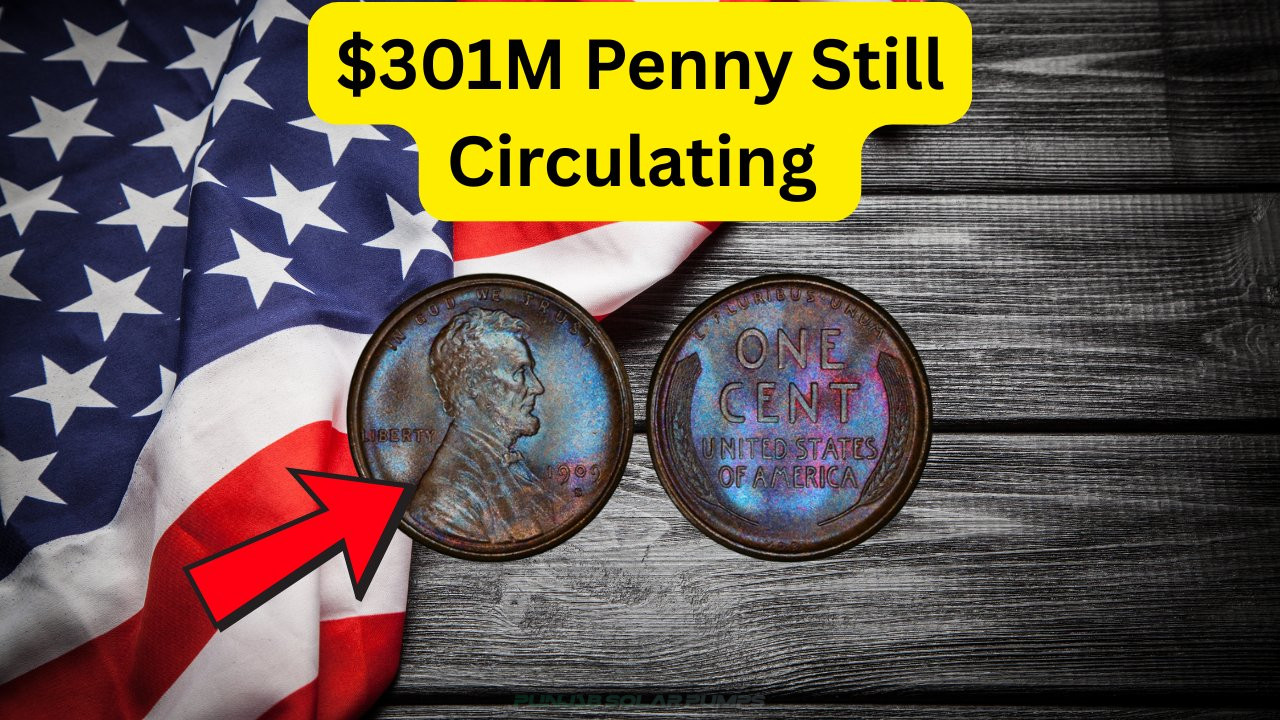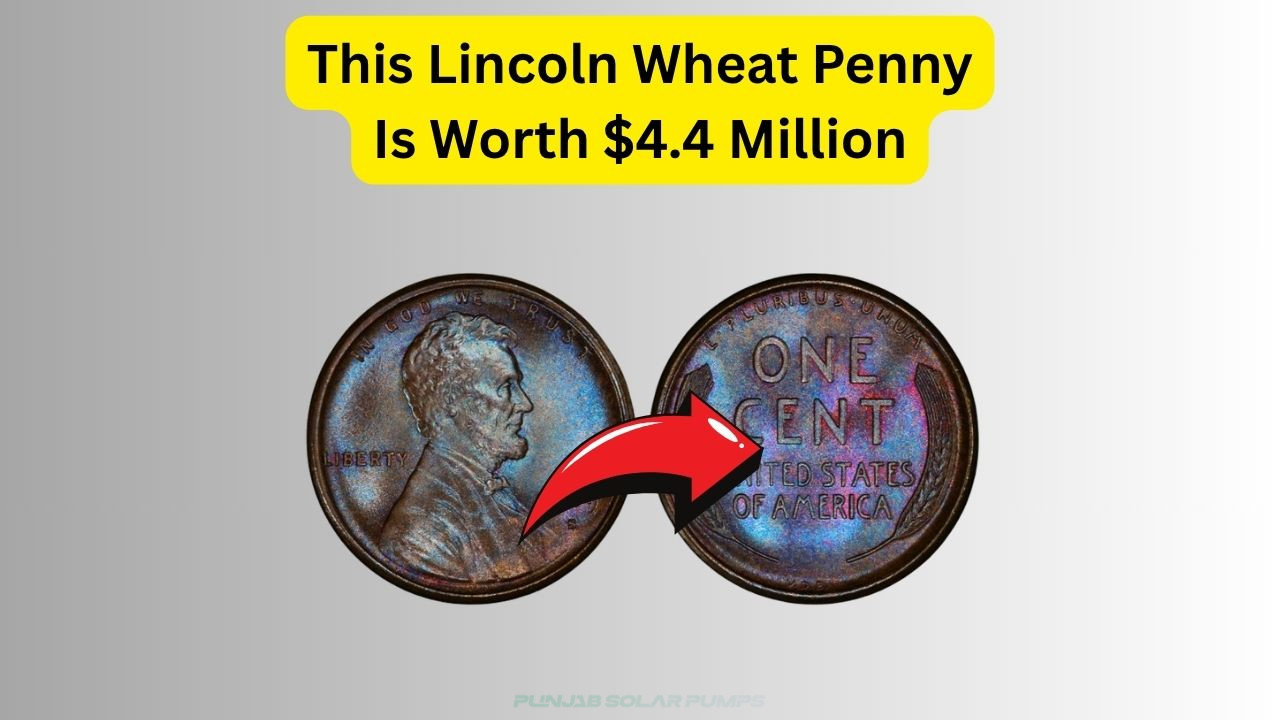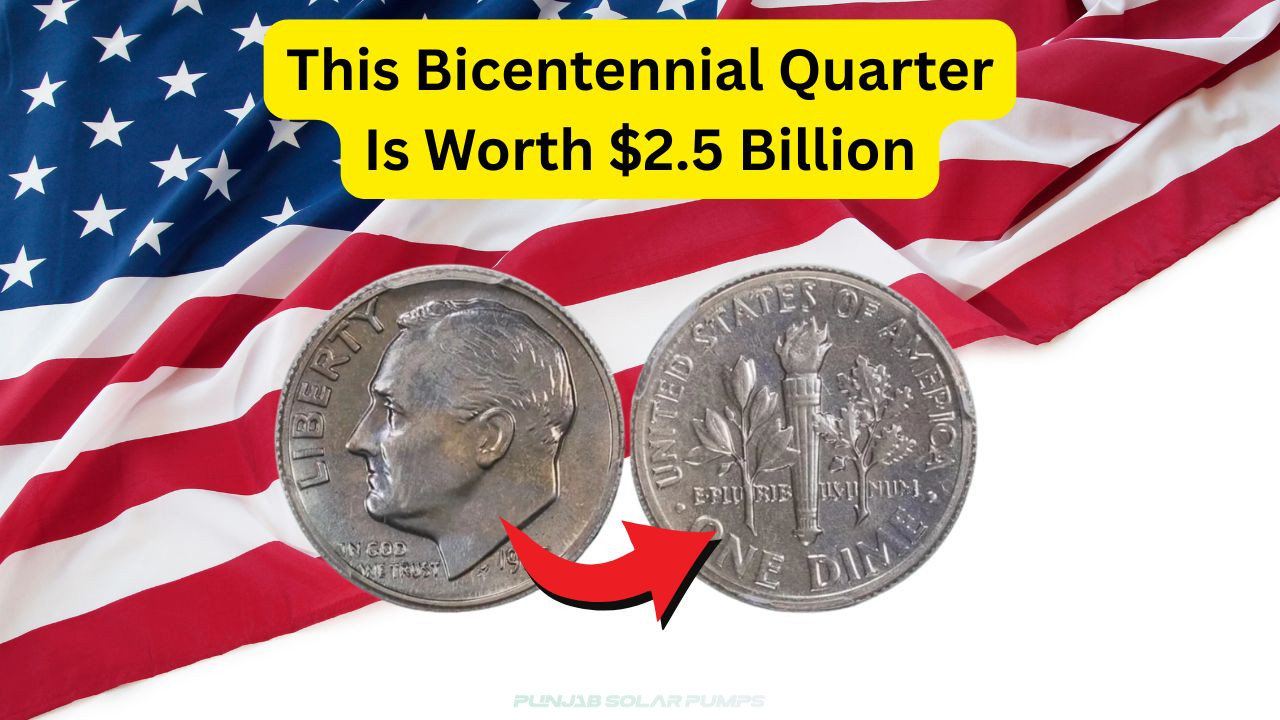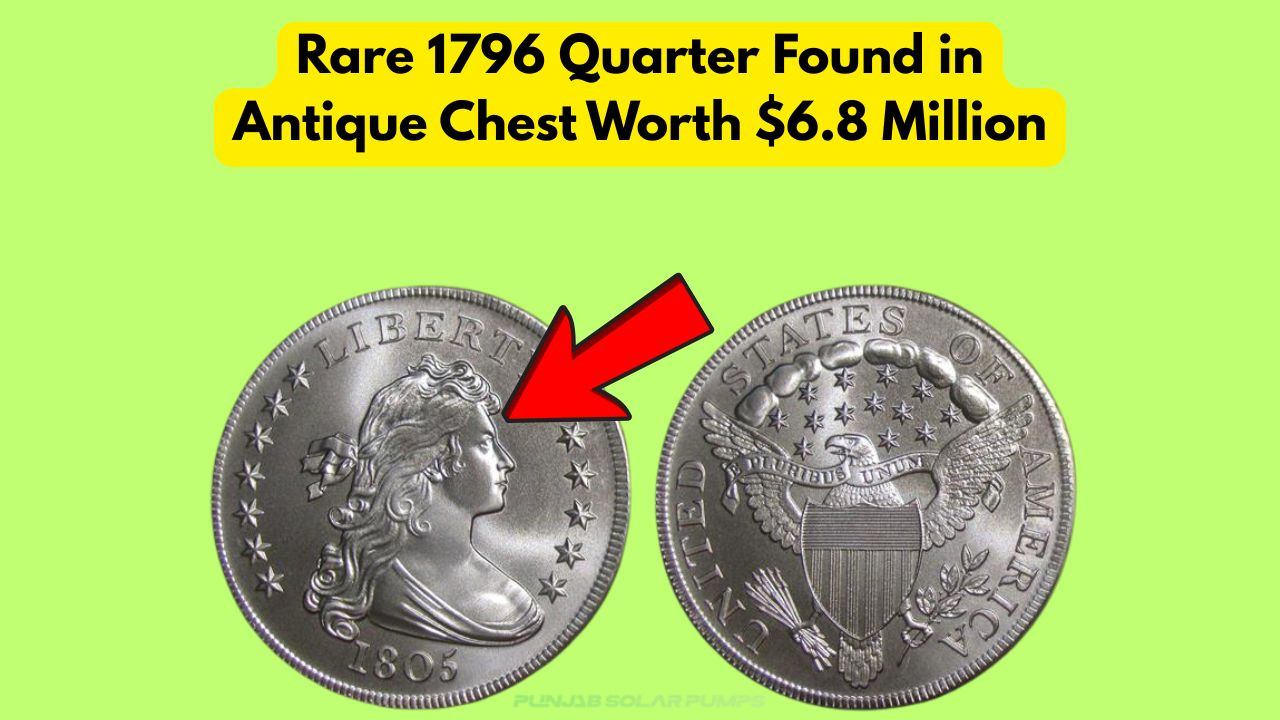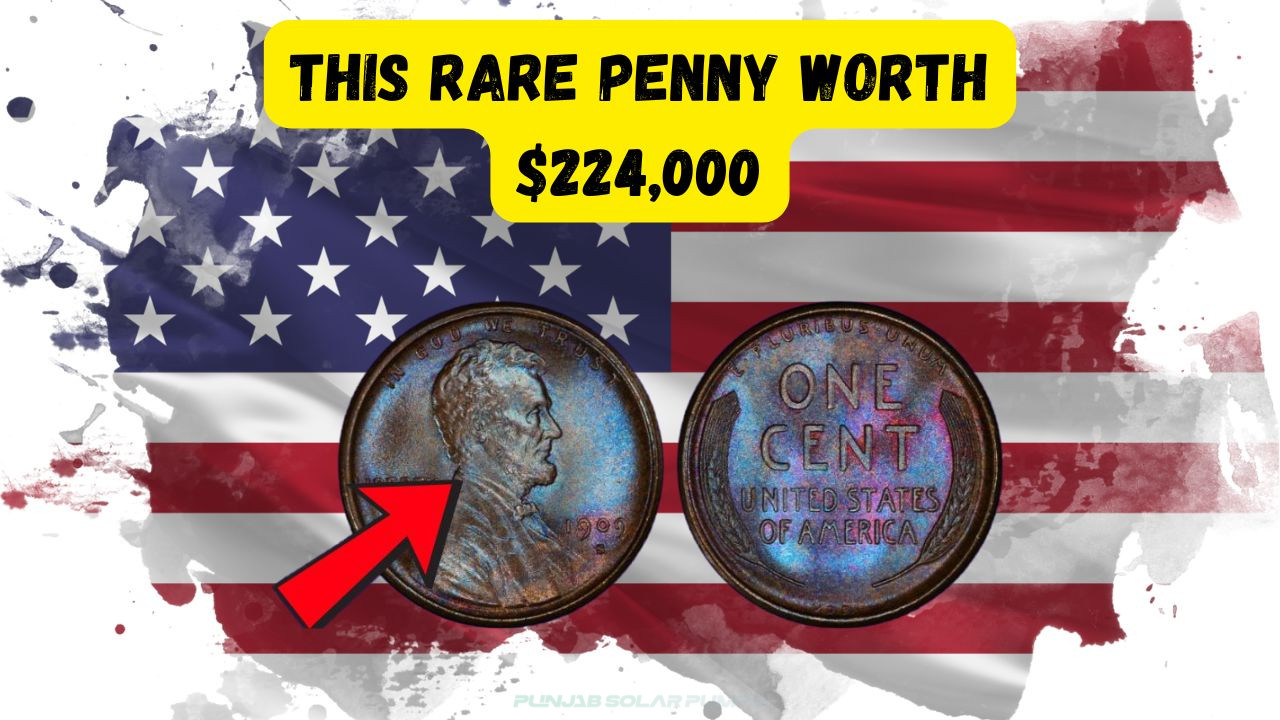Lincoln Wheat Penny Fortune
Exploring the Lincoln Wheat Penny’s Value
Lincoln Wheat Penny: The Lincoln Wheat Penny, minted from 1909 to 1958, is more than just a piece of American numismatic history; it has become a symbol of potential wealth. While millions were produced, certain variations and mint errors have made some of these pennies extremely valuable to collectors. The most sought-after pennies can fetch significant sums at auctions, contributing to the estimated $301 million fortune attributed to rare coins. But what makes these coins so special, and how can you tell if the penny in your pocket is part of this fortune?
- Rare mint marks
- Unique errors
- Condition and grading
- Historical significance
- Market demand
Identifying Valuable Lincoln Wheat Pennies
Finding a valuable Lincoln Wheat Penny requires a keen eye and some knowledge of what to look for. Collectors often seek out specific years, mint marks, and errors that can exponentially increase a penny’s value. For example, the 1943 copper penny is one of the most infamous rarities, as most pennies that year were struck in steel due to copper shortages during World War II. A genuine 1943 copper penny can be worth thousands of dollars. Similarly, pennies with doubled dies or unique mint marks like the “S” for San Francisco can attract high bids from collectors.
- 1943 Copper Penny
- 1955 Double Die
- 1914 D Penny
- 1922 No D
Understanding Coin Grading and Condition
Condition plays a critical role in determining a coin’s value. The Sheldon Coin Grading Scale, which ranges from 1 to 70, is used to evaluate the condition of coins. Higher grades typically indicate better preservation and, thus, higher value. Coins with minimal wear and clear details are often more desirable. A penny graded MS-65 (Mint State) will be far more valuable than one graded G-4 (Good). Collectors should familiarize themselves with this grading system to accurately assess the potential value of their coins.
| Grade | Description | Wear | Detail | Value |
|---|---|---|---|---|
| MS-65 | Mint State | None | Sharp | High |
| AU-50 | About Uncirculated | Very slight | Clear | Moderate |
| XF-40 | Extremely Fine | Light | Good | Moderate |
| VF-20 | Very Fine | Moderate | Decent | Low |
| G-4 | Good | Heavy | Faded | Very Low |
| P-1 | Poor | Worn | Indistinct | Minimal |
The Role of Historical Context
Historical context adds another layer of intrigue to the Lincoln Wheat Penny. Coins minted during significant historical events or periods often carry additional value. For instance, pennies minted during wartime, like the 1943 steel penny, tell a story of resource conservation and adaptation. These pieces are not only valuable to collectors but also serve as tangible connections to the past. Understanding the historical significance of your coins can enhance their appeal and value.
- Wartime minting
- Economic shifts
- Design changes
- Commemorative issues
Market Trends in Coin Collecting
The coin collecting market is dynamic, with values fluctuating based on demand, economic conditions, and interest in numismatics. The popularity of coin collecting has surged with the rise of online marketplaces, making it easier for collectors to buy and sell rare coins. Keeping abreast of market trends can help collectors make informed decisions about when to buy or sell their coins. Factors such as bullion value, historical interest, and scarcity can influence a coin’s market price.
| Year | Significant Coins | Market Peak |
|---|---|---|
| 2020 | Wheat Pennies | High Demand |
| 2018 | Rare Errors | Moderate |
| 2015 | Commemorative Issues | High Interest |
| 2010 | Mint Marks | Stable |
| 2005 | All Pennies | Low |
Strategies for Selling Rare Pennies
Selling rare Lincoln Wheat Pennies requires strategic planning to maximize profits. Understanding the market, timing sales to coincide with market peaks, and choosing the right platform are essential. Online auctions, coin dealers, and collector forums are popular options. Additionally, getting your coins appraised by a professional can help set realistic expectations. Building a network within the coin collecting community can also provide valuable insights and opportunities for sales.
- Online auctions
- Coin dealers
- Collector forums
- Appraisals
- Networking
Preserving the Value of Your Collection
Proper preservation is key to maintaining the value of a coin collection. Coins should be stored in a cool, dry environment to prevent damage from moisture or temperature fluctuations. Using acid-free holders and ensuring minimal handling can protect the coin’s surface. Regularly inspecting your collection for signs of wear or damage is also important. By taking these precautions, collectors can ensure their coins remain in good condition, preserving their historical and monetary value.
- Climate control
- Acid-free holders
- Minimal handling
- Regular inspections
- Professional cleaning
Exploring Other Valuable Coins
While the Lincoln Wheat Penny is a popular collector’s item, other coins also hold significant value. Understanding the broader numismatic market can uncover additional opportunities for collectors. Silver dollars, commemorative coins, and foreign currency can all be valuable additions to a collection. As with pennies, the rarity, condition, and historical significance of these coins contribute to their worth. Diversifying a collection can enhance its overall value and interest.
| Coin Type | Notable Year | Value Range | Key Features | Collector Interest |
|---|---|---|---|---|
| Silver Dollar | 1921 | $50-$1000 | High Silver Content | High |
| Commemorative Coin | 2000 | $10-$500 | Unique Design | Moderate |
| Foreign Currency | 1965 | $5-$200 | Scarcity | Variable |
| Gold Coin | 1986 | $300-$1500 | Gold Content | Very High |
| Copper Penny | 1943 | $10,000-$100,000 | Mint Error | Very High |
Frequently Asked Questions About Lincoln Wheat Pennies
What makes a Lincoln Wheat Penny valuable?
The value of a Lincoln Wheat Penny is determined by factors such as rarity, condition, mint marks, and historical significance.
How can I determine the value of my penny?
To determine the value, consider getting your penny graded by a professional, examining its condition, and researching its market demand.
Where can I sell my rare Lincoln Wheat Penny?
Rare Lincoln Wheat Pennies can be sold through online auctions, coin dealers, and specialized collector forums.
Which years are considered the most valuable for Lincoln Wheat Pennies?
The 1943 copper penny, 1955 double die, and 1914 D penny are among the most valuable years for collectors.
Is it worth investing in coin collecting?
Investing in coin collecting can be worthwhile if you have the knowledge and interest in numismatics, as well as a strategy for buying and selling.
